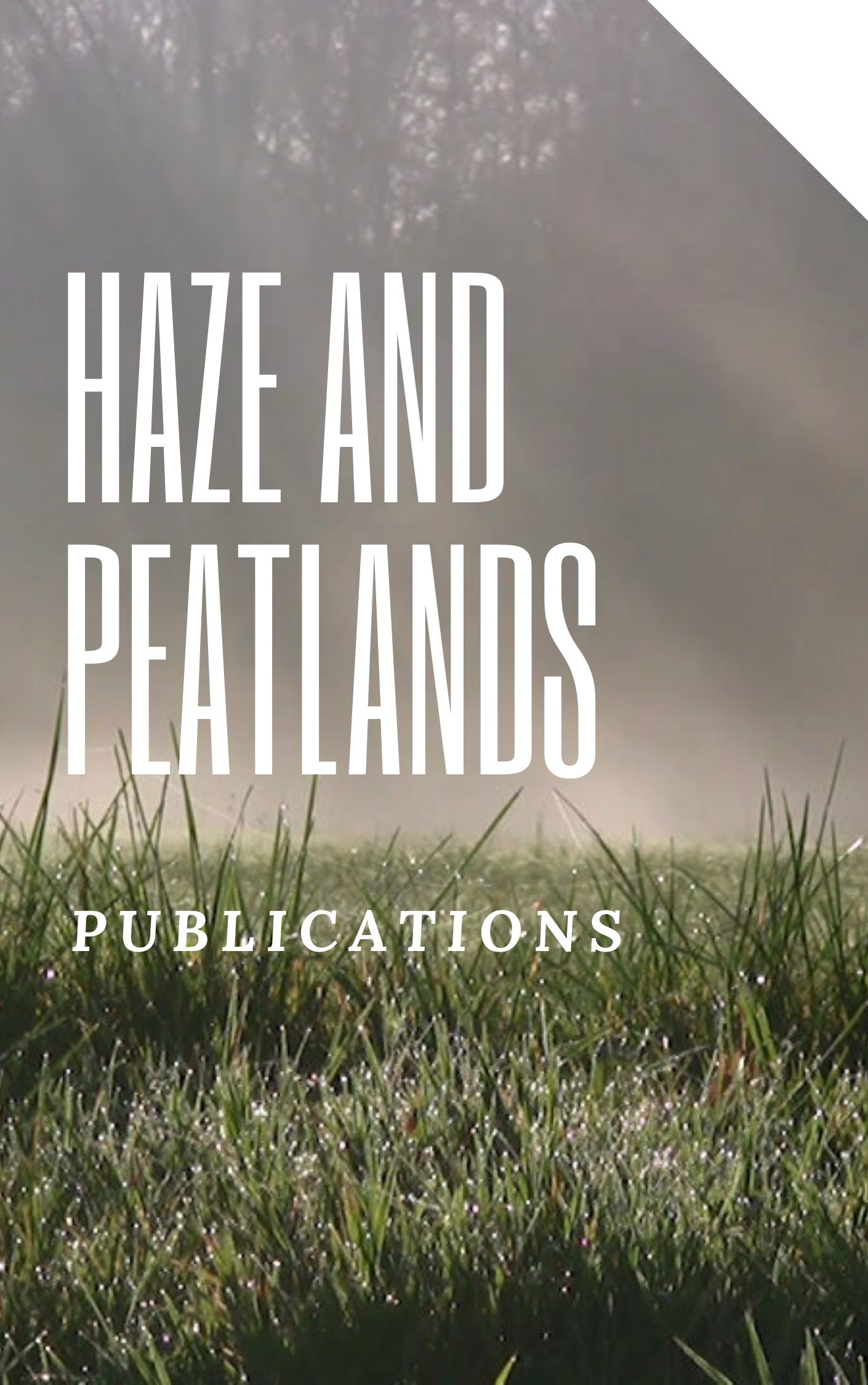Peat is composed of a diverse range of polar and nonpolar groups. Nonpolar groups, particularly those composed of aliphatic structures, tend to associate with one another and are therefore water-repellent (hydrophobic), a property that increases with the length of the chain of bonds. The drying process causes the nonpolar groups to interact with each other and form a long chain of bonds, reducing the ability of peatlands to bind water. As a result, it is vital to understand the chemical characteristics and functional groups associated with hydrophilicity and hydrophobicity. The chemical analysis comprises the following: Ash content (500°C combustion method), C-org using the combustion method, N-Total by Kjeldahl method, actual pH with soil water ratio of 1:5, and cation exchange capacity with NH4Oac pH 4.0. Additionally, the pelletized peat was examined for its constituent groups using an FTIR spectra and the Flaig et al., method (1975). Soil pH values on Padang Island ranged from 3.61 to 4.35 and the content of bases Ca, Mg, K, and Na in oligotrophic peat is very low, especially in thick peat (0-5 m). C-organic levels on Padang Island peat ranged from 4.42 to 53.32 percent, according to the results of the analysis. Peat with a thickness 0-5 m has functional groups dominated by C-O from ester, eter, fenol, while peat with a thickness 5-7 m, 7-9 m, >9 m is dominated with H OH group bonds, free OH.
View source

